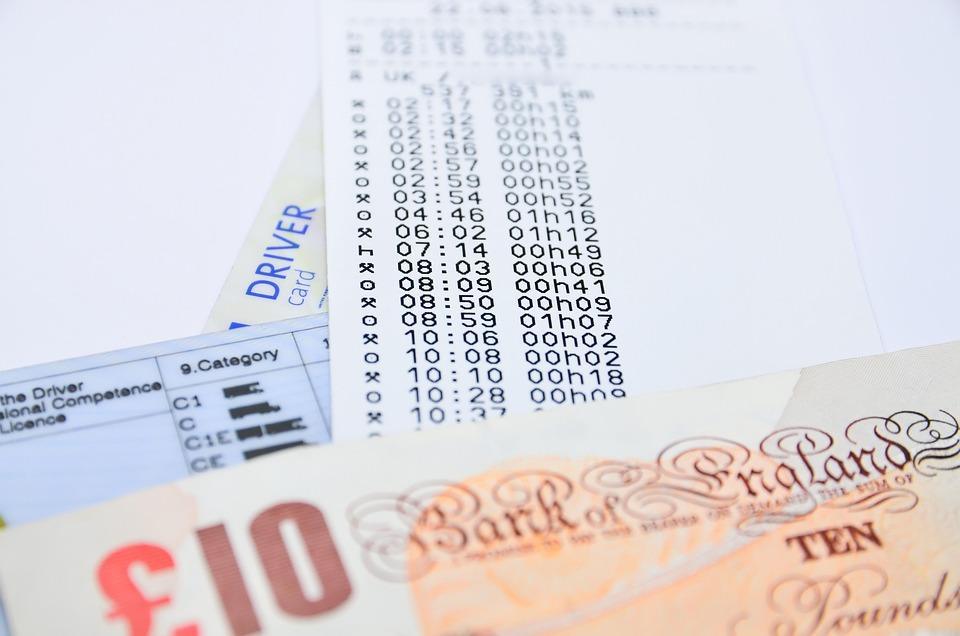Driver errors can be a real headache, can’t they? Those pesky disruptions can halt your productivity and drive you mad. But don’t worry; you’re not alone, and there are ways to tackle these annoyances head-on. In this article, we’ll explore 7 quick fixes for Windows 10 driver errors you need now to get your system running smoothly again.
Contents
Understanding Windows 10 Driver Errors
Before we dive into the solutions, let’s clarify what driver errors are. Drivers are small software programs that allow your computer’s hardware to communicate with the operating system. When these drivers become outdated, corrupted, or incompatible, they can cause a range of issues—from minor annoyances to significant system failures. Addressing these errors is crucial not just for smooth operation but also for protecting your data and maintaining your system’s health.
Why Driver Errors Matter
You might be wondering why these pesky driver errors should matter to you. Well, they can lead to:
- System Crashes: Frequent crashes can result in data loss.
- Performance Issues: Slowdowns and glitches can disrupt your workflow.
- Security Vulnerabilities: Outdated drivers can expose your system to threats.
So, let’s roll up our sleeves and dive into those quick fixes!
1. Update Your Drivers Automatically
One of the simplest ways to address driver errors is to let Windows update them for you. Here’s how:
- Open Device Manager: Right-click the Start button and select “Device Manager.”
- Find the Problematic Device: Look for devices with a yellow exclamation mark.
- Update Driver: Right-click the device and select “Update Driver.” Choose “Search automatically for updated driver software.”
This is a quick way to ensure that your drivers are up-to-date, and it can eliminate many common errors.
2. Roll Back Drivers
Sometimes a newly installed driver can cause more problems than it solves. If you’ve recently updated a driver and started experiencing issues, rolling it back might be your best bet.
- Open Device Manager.
- Locate the Device: Right-click the device and select “Properties.”
- Roll Back Driver: Under the “Driver” tab, click “Roll Back Driver” if the option is available.
This action can restore the previous version and hopefully get rid of the errors.
3. Uninstall and Reinstall Drivers
If updating or rolling back doesn’t work, you might need to uninstall the driver completely and then reinstall it.
- Open Device Manager.
- Right-Click the Device: Select “Uninstall device.”
- Reboot Your Computer: Upon reboot, Windows will attempt to reinstall the driver automatically.
This process can fix corrupted drivers that can’t be updated or rolled back.
4. Use Windows Troubleshooter
Windows has built-in troubleshooting tools that can automatically find and fix some issues. Here’s how to use it:
- Open Settings: Press Windows + I.
- Go to Update & Security: Click on “Troubleshoot.”
- Run the Troubleshooter: Select the relevant troubleshooter based on the type of device (e.g., “Hardware and Devices”).
This tool can identify problems and suggest fixes you might not have considered.
5. Check for Windows Updates
Sometimes, the answer to your driver issues is a broader update to Windows itself. Here’s how to check for those updates:
- Open Settings.
- Go to Update & Security: Click on “Windows Update.”
- Check for Updates: Click “Check for updates” and install any available updates.
Keeping your system updated ensures compatibility with various hardware and drivers.
6. Download Drivers from the Manufacturer’s Website
If you’re still hitting walls, consider downloading the latest drivers directly from the manufacturer’s website. This method is especially useful for graphics cards, sound cards, and network adapters, which can often have specific driver requirements.
- Identify Your Hardware: Use Device Manager to confirm the exact model.
- Visit the Manufacturer’s Site: Go to the support or downloads section.
- Search and Download: Follow the instructions to download and install the correct driver.
This approach can help you bypass issues caused by generic drivers that Windows may provide.
7. Seek Professional Help
If all else fails, it might be time to seek professional assistance. Sometimes, the problem lies deeper than you can fix alone. Consider:
- Contacting Technical Support: Reach out to the support team of your device manufacturer.
- Visiting a Repair Shop: A professional technician can diagnose and resolve complex issues.
Investing in professional help can save you time and frustration in the long run.
Bottom Line
Driver errors on Windows 10 can be frustrating, but you have the power to fix them. By implementing these 7 quick fixes for Windows 10 driver errors you need now, you can regain control over your system and ensure it runs smoothly. Remember, keeping your drivers updated is vital for performance and security. Don’t let these issues hold you back—take action today and enjoy a seamless computing experience!
FAQs
What are common signs of driver errors?
Common signs include system crashes, device malfunctions, and error messages indicating driver issues.
Is it safe to update drivers?
Yes, updating drivers is generally safe and recommended. However, ensure you are downloading from reliable sources.
Can outdated drivers cause security issues?
Absolutely! Outdated drivers can leave your system vulnerable to malware and other security threats.
Ready to take action? Don’t wait for the next error to disrupt your day—implement these fixes and make your Windows 10 experience smoother and more enjoyable!








